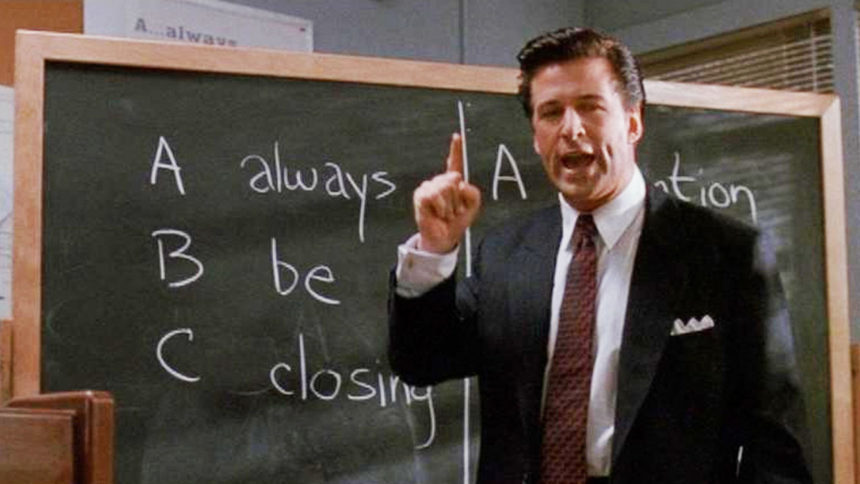The key to success, in pretty much any endeavor (including sales target attainment), is being able to clearly identify a goal, define the steps needed to achieve that goal, and then cut out any extraneous noise or distractions so that you can focus exclusively on execution and reaching the goal.
Ask anyone who’s been there: It’s easier said than done. But it can be accomplished.
Naming the Goal
It’s been said by many: if you don’t name your goal, you’ll never arrive at it. So first you must decide what the goal is. In the case of sales, the goal is, of course, the sales target for a given period: the quota for a month, a quarter or a year.
Of course you could just throw a big number out there—but in the real world, you’ve also got to have a chance of attaining that sales target. For that reason integral with naming the goal, or following right on its heels, is figuring out how you’re going to make that goal. In the case of a sales organization, the sales manager would need to work out goals or quotas for individual salespeople that, put together, equal the main sales target.
Constituent Parts
Each sales rep quota must be made up of opportunities that will add up to it. Here is where it’s getting a little trickier, because not every opportunity is going to be closed.
For this step, you must have already figured out the closing ratio for each of your reps. Then each rep pipeline must contain enough opportunities so that if some aren’t closed, the quota will still be met. For example, if a rep closes 40 percent of her sales, and the rep’s quota is $1 million, there needs to be $1.6 million worth of opportunities in that rep’s pipeline for the goal to be reached.
If there aren’t enough opportunities in a given pipeline for a goal to be met, the sales manager and the rep must work backward, figuring out how many leads are needed to convert into opportunities, and then figuring out where those leads are going to come from and obtaining them.
Here is where an efficient CRM solution comes into play. The CRM solution should clearly show how the leads and opportunities add up, their chances of closing, and the actual goal to be attained with those opportunities.
Clearing the Path
Once the goal is named, and each rep has an individual goal, now it becomes a matter of the clearest pathway possible toward that goal. This pathway is your sales process—clearly defined steps that take each sale from a lead to a close. A sales process is most successfully founded upon best practices of your top reps.
What companies and sales organizations don’t often comprehend is that a sales process, just like the sales environment itself and the world for that matter, is dynamic. Just as the sales environment, the market, the economy, and endless other factors are constantly in a state of flux, so should your sales process be flexible—you should be able to change it as needed.
To the degree your sales process is fixed and unchanging, is the degree that extraneous noise and distraction are going to be introduced into your sales pipeline. Such distraction comes about as reps invent their own methods to replace those that have become outmoded, or opportunities become stalled in sales process steps that no longer apply or are unwieldy in today’s scene.
The accuracy and flexibility of your sales process are what will determine how distraction- and noise-free your path to quota attainment will be.
How It’s Done
As we’ve discussed earlier in this series, individual names and accomplishes goals by being organized and focused, and proceeding in an orderly manner.
The same is true of an organization—but an organization won’t remain organized and focused without the right technology. In sales, this means the right CRM solution.
The right CRM solution is:
- instantly customizable to your company’s processes
- visual and intuitive, so that users can instantly grasp and proceed with what needs to be done.
- flexible, so that changes can be made on the fly as needed.
Target attainment is possible! Name the goal, figure out how it can be attained—then clear the road of noise and distraction.
Stay tuned for more in our series on Focus and Clarity



